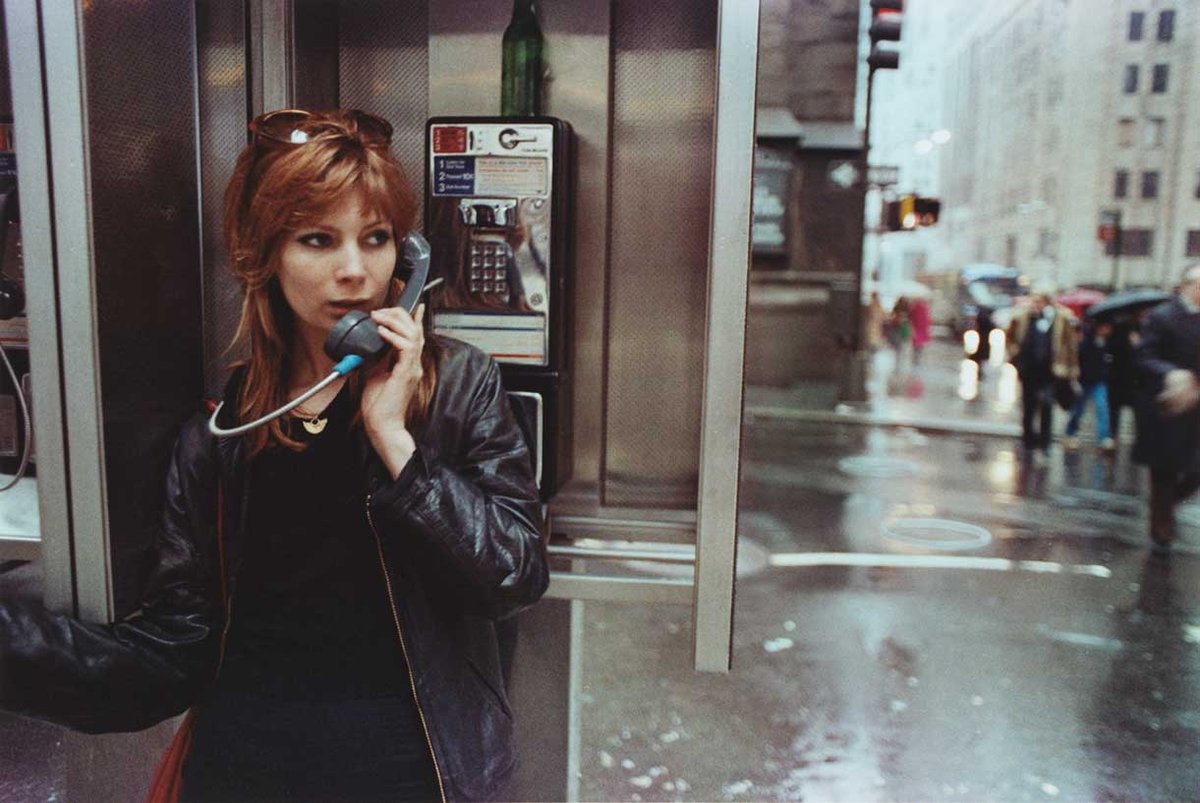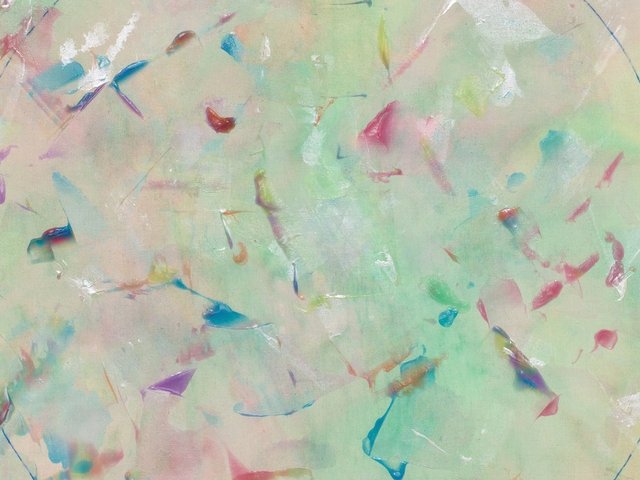It is a fascinating thing to watch an artist’s legacy evolve in real time. The New York art world proved as much this autumn, when the elusive Cady Noland opened a sprawling exhibition of almost entirely new work at Gagosian’s 555 West 24th Street space.
Noland’s career has deviated from every familiar template for art industry success. Between her 1988 solo show at the New York space White Columns and the turn of the century, she rocketed to fame for works themed around the violent, outlaw side of America. They incorporated symbols ranging from Budweiser beer cans, American flags and construction scaffolding to repurposed tabloid imagery of Lee Harvey Oswald, the Manson Family and Richard Nixon, often presented in powerful juxtapositions.
After progressively disengaging from art stardom’s demands during the 90s, Noland withdrew almost completely from the public eye for more than a decade: no solo shows, no gallery representation, no interviews.
She re-entered the fray in 2012 by disavowing a 1990 silkscreen on aluminium over condition issues, leading to its removal from a Sotheby’s auction. This led to the first of what became multiple lawsuits by collectors over which of her already sold pieces could be shown with her attribution. She also became infamous, if not vilified, for sending disclaimers to be posted beside works whose installation she had not expressly approved.
Today it is hard to look at the vitriol Noland’s efforts provoked in the 2010s without recognising that several male artists have been hailed as steely guardians of their work’s integrity for far more extreme behaviour. But what reduces this to a background conversation is her full-blooded return, starting with a survey show that opened—with the artist’s participation—at Frankfurt’s Museum of Modern Art in 2018. Noland shocked both fans and sceptics over the next five years by unveiling two commercial shows featuring fresh material: one at Galerie Buchholz’s Manhattan outpost in 2021, the other at Gagosian’s storefront space at Park Avenue and 75th Street in 2023.
The scale and volume of the new work in her most recent Gagosian exhibition dwarfed those two shows. Its checklist contained 38 entries, and all but two were made this year.
The show was a hit. The Art Newspaper understands that many of the works (most priced in groups from around $100,000 to over $2m) were placed with major private collectors and institutions. More surprising, however, was the show’s enthusiastic reception by younger fans, who have known Noland mostly, if not entirely, as a mythic figure. The next generation of collectors “flocked to” the Gagosian show, says Wendy Cromwell, a New York-based art adviser, and it resonated powerfully with young artists.
“Controlling her own narrative by recusal from gallery shows, which gave Cady agency as an artist, has immense appeal right now to young artists figuring out how to navigate the marketplace,” Cromwell says.
The relevance of Noland’s core themes probably also plays a role in her intergenerational appeal, according to Rob Teeters, the founder of the advisory firm Front Desk Apparatus. In the US, he says, “gun control and violence or the distribution of wealth and power” are all topics “at the forefront of younger generations’ concerns”.
An evolving legacy
Teeters says Noland’s newer material has been critiqued as “feeling slick and lacking the grit of the works from the 80s and 90s”. He suggests the shift could be intentional, “mirroring a society that favours communication and sex [via] screens, is horrified over a call rather than a text and demands instantaneous deliveries of everything imaginable”.
Noland was not available for interviews when The Art Newspaper enquired, but an alternative read is that these material refinements clarify her career-long, formalist engagement with American Minimalism. Her references to this movement—such as painted steel pallets echoing Donald Judd, and a floor-mounted magnet with printed bricks recalling Carl Andre—are impossible to unsee once this lens snaps into place.
But will Noland’s reputation degrade if she continues showing new work every few years? Cromwell thinks not. “Cady Noland is stepping into an enormous void left by major artists from the previous generation who have died in recent years,” she says. “It’s her time, and it’s exciting how she is seizing the moment.”



